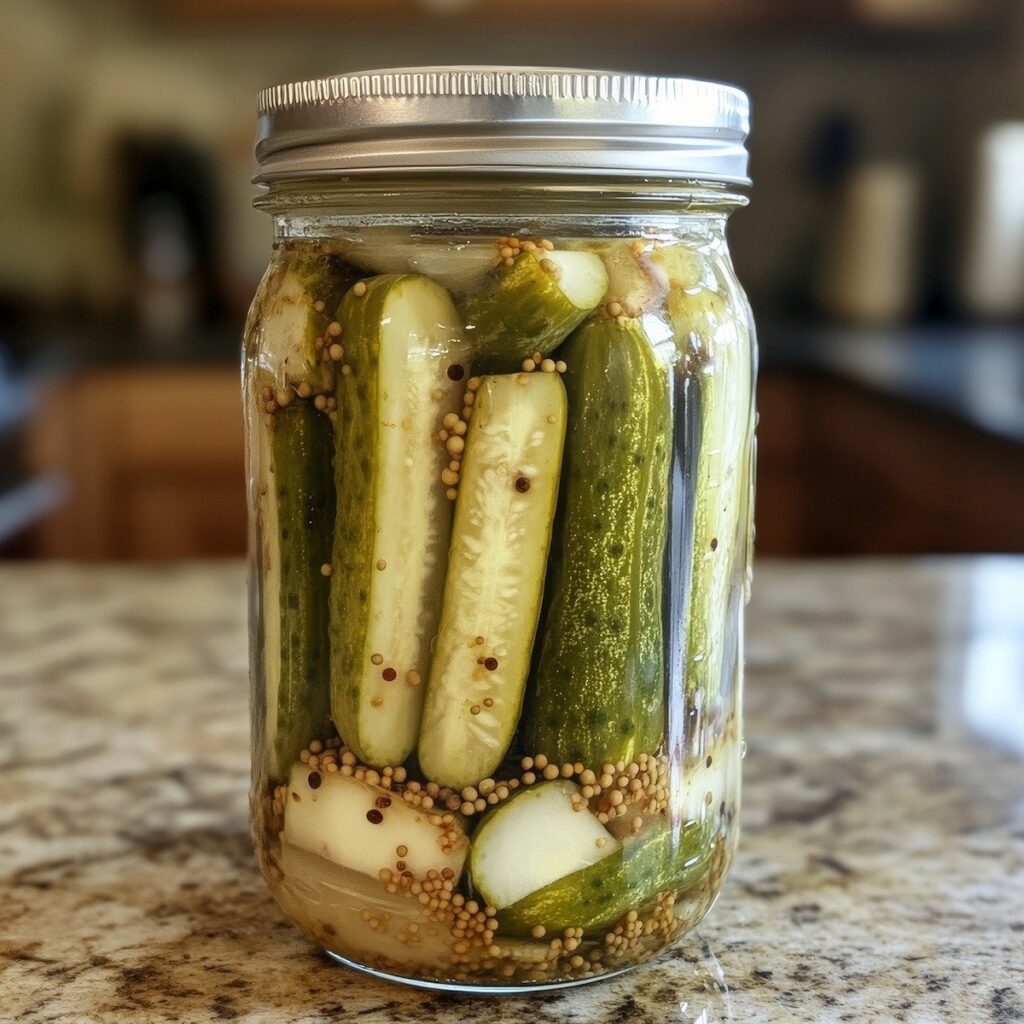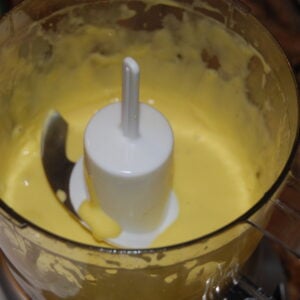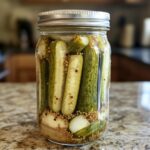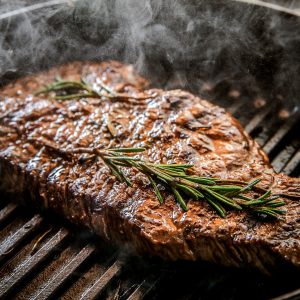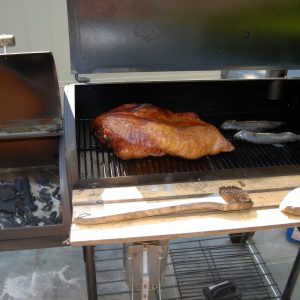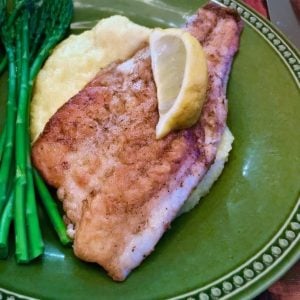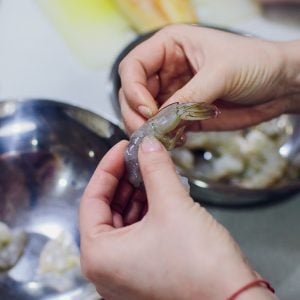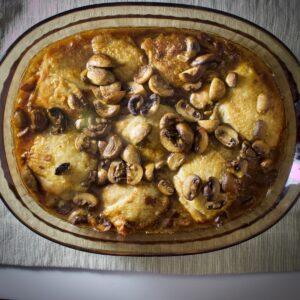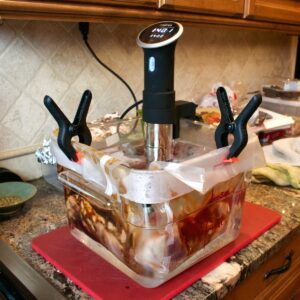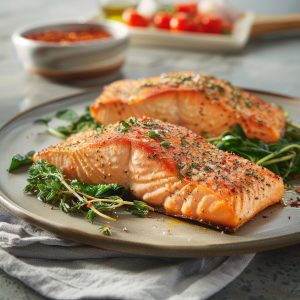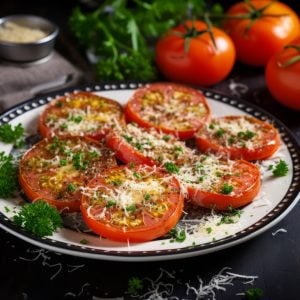The Art of Pickling: Discover the Delights of Fermented Pickles
Pickling is a time-honored technique that preserves vegetables and imparts them with vibrant, tangy flavors through fermentation. Making homemade pickles through fermentation is a rewarding and straightforward process that transforms simple cucumbers into a crunchy, zesty delight. This age-old method harnesses the power of natural bacteria to create a probiotic-rich, tangy treat that adds a delightful crunch to any meal.
In this post, I’ll delve into the essentials of homemade pickling, focusing on the fermentation process that gives pickles their signature flavor and texture. You’ll learn how to prepare your cucumbers, create the perfect brine, and monitor the fermentation process to achieve the ideal level of tanginess.
I’ll also cover tips for maintaining the crispiness of your pickles and share practical advice on how to store them for long-lasting enjoyment. Whether you’re a seasoned home cook or a beginner looking to explore the world of fermentation, this guide will give you the knowledge and confidence to craft your delicious pickles. Embrace the art of pickling and enjoy the satisfaction of homemade preserves that are as flavorful as they are healthful.
History
Pickling is one of the oldest methods of food preservation, with a history that spans thousands of years across various cultures. Here’s a brief overview of the history of pickling:
Ancient Beginnings:
- Early Origins: The practice of pickling dates back to ancient civilizations. The earliest evidence of pickling can be traced to Mesopotamia (modern-day Iraq) around 2000 B.C., where cucumbers were preserved in brine. Ancient texts and artifacts from civilizations such as the Egyptians, Greeks, and Romans suggest that pickling was a common method for preserving vegetables and fruits.
- Egypt: The Egyptians are credited with refining the pickling process, using vinegar, brine, and various spices to preserve food. Pickled vegetables were often used in their diet and also found in the tombs of pharaohs, indicating their importance in ancient Egyptian culture.
Classical Antiquity:
- Greece and Rome: Greek and Roman cultures embraced pickling, with pickled cucumbers and other vegetables being a staple in their diets. The Greeks were known for using vinegar and brine, while the Romans expanded pickling to include various fruits and vegetables. Pickles were enjoyed for their taste and valued for their ability to provide nutrition and variety during off-seasons.
Medieval and Renaissance Europe:
- Middle Ages: During the medieval period, pickling was a crucial European preservation method. Pickled foods provided essential sustenance during the winter months when fresh produce was scarce—the practice of pickling spread throughout Europe, with regional variations developing based on local ingredients and preferences.
- Renaissance: By the Renaissance, pickling had become widespread in European cuisine. Various methods and recipes for pickling were recorded, and pickles became a standard part of the diet for the wealthy and common folk.
Modern Era:
- 19th and 20th Centuries: The Industrial Revolution brought advancements in food preservation techniques, including pickling. The development of glass jars and canning methods in the 19th century made pickling easier and more reliable, making it more accessible to the general public.
- Global Spread: Pickling traditions continued to evolve and spread globally, with different cultures adapting the practice to local ingredients and tastes. In the 20th century, pickles became popular in various cuisines worldwide, from dill pickles in the United States to kimchi in Korea.
Today:
- Culinary Renaissance: Recently, there has been a resurgence of interest in artisanal and homemade pickles. Modern cooks are experimenting with traditional and innovative pickling techniques, incorporating diverse ingredients and flavors into their pickling recipes.
The history of pickling reflects its enduring importance as a method of food preservation and flavor enhancement. From ancient civilizations to contemporary kitchens, pickling continues to be a cherished and versatile culinary practice.
Pickling Vegetables
Certain pickles and vegetables are better suited for pickling due to their texture, flavor, and ability to absorb the brine. Here are some factors to consider when selecting vegetables for pickling:
1. Cucumbers:
- Pickling Cucumbers: For classic pickles, choose cucumbers labeled explicitly as “pickling cucumbers” or “Kirby cucumbers.” These varieties are smaller, have fewer seeds, and are firmer, making them ideal for maintaining crunchiness during pickling.
- Avoid: Large, waxed cucumbers or those meant for slicing, as they tend to be less crisp and may become mushy during fermentation.
2. Green Beans:
- Fresh and Firm: Green beans are great for pickling when fresh, firm, and young. Older or overripe beans can become soft and less enjoyable to eat.
3. Carrots:
- Tender and Crunchy: Firm and not overly large carrots work best. They should be cut into uniform pieces to ensure even pickling.
4. Radishes:
- Firm and Crisp: Choose firm radishes that have a good crunch. They absorb the pickling brine well and add a spicy kick to the mix.
5. Cauliflower:
- Fresh and Firm: Small, firm cauliflower florets are ideal for pickling. They should be cut into uniform pieces to ensure even flavor absorption.
6. Beets:
- Tender and Fresh: Beets should be young and tender. You can pickle them whole or sliced, depending on your preference.
7. Onions:
- Firm and Crisp: Small onions or pearl onions are great for pickling. They should be firm and not overly large.
8. Other Vegetables:
- Peppers: Both sweet and hot peppers can be pickled. Choose firm peppers and cut them into appropriate sizes.
- Garlic: Garlic cloves can be pickled whole or sliced. They add a strong, aromatic flavor to pickles.
General Tips:
- Freshness: Always use the freshest vegetables you can find. The fresher the vegetable, the better it will retain its texture and flavor after pickling.
- Uniformity: Cut vegetables into uniform sizes to ensure even pickling. This helps in achieving consistent flavor and texture.
- Quality: Avoid vegetables that are overripe, bruised, or soft. These will not pickle well and may spoil the batch.
Choosing the suitable vegetables for pickling ensures a better texture, flavor, and overall quality of your pickled products. Whether you’re making classic dill pickles, spicy pickled green beans, or tangy pickled carrots, using the best ingredients will produce the most satisfying results.
Pickling Cucumbers
Equipment
- 1 quart glass jar with lid
Ingredients
- 1 pound pickling cucumbers Kirby cucumber are best
- 4 cups water filtered works best
- 2 tablespoons sea salt or kosher salt (non-idoized)
- 4 cloves garlic peeled and lightly crushed
- 2 teaspoons whole black peppercorns
- 2 teaspoons mustard seeds optional
- 2 sprigs fresh dill or 1 tablespoon dried dill
- 2 grape leaves or oak leaves (optional)
Instructions
Prepare the Cucumbers
- Wash the cucumbers well, removing any dirt or residue. Trim off the blossom end of each cucumber, as the enzymes in the blossom can make the pickles soft. Depending on your preference, you can leave the cucumbers whole, cut them in half, or slice them into spears.
Make the Brine
- In a mixing bowl, dissolve the salt in the water to create your brine. Stir until the salt is completely dissolved.
Pack the Jar
- Place the garlic cloves, peppercorns, mustard seeds (if using), and fresh dill at the bottom of your clean glass jar.
- Pack the cucumbers tightly into the jar, standing them upright if possible. Leave at least 1 inch of headspace at the top of the jar.
- If you have grape leaves, oak leaves, or horseradish leaves, place them on top of the cucumbers. This helps keep them submerged and adds tannins, which help keep the pickles crunchy.
Add the Brine
- Pour the brine over the cucumbers until completely submerged. You may need to use a fermentation weight or a small, clean object to keep the cucumbers under the brine.
Ferment
- Cover the jar with its lid, but don’t screw it on too tightly. Alternatively, you can cover the jar with a clean cloth secured with a rubber band, allowing gases to escape.
- Place the jar in a cool, dark place, like a pantry or cupboard, at room temperature. Let the cucumbers ferment for 5 to 7 days or until they reach your desired level of tanginess. During fermentation, you may see bubbles or foam on top of the brine—this is normal.
Check Daily
- Check on your pickles daily to ensure they remain submerged in the brine. Skim off any surface scum or mold that may form (this is also normal). You can begin tasting the pickles after a few days to see if they have reached the flavor you like.
Store
- Once the pickles have reached your desired flavor, seal the jar tightly and move it to the refrigerator. This will slow down the fermentation process and preserve the pickles. Fermented pickles will last for several months in the refrigerator.

